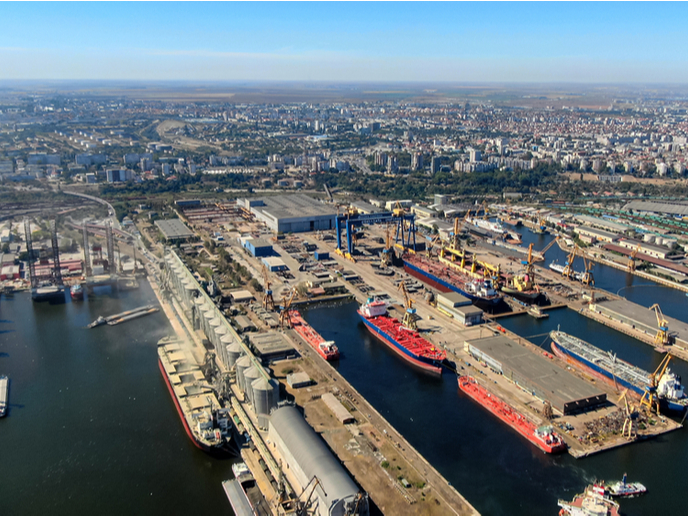Port cities that move with (shorter) times
The potential of port cities is only matched by the high number of challenges they’re facing. Considered by the EU as a priority action area and one of Europe’s major assets, these cities have nevertheless seen the difficulties of having a port of their own increase over time. City-port governance, social exclusion, large infrastructure investments, weak integration between ports and city centres, car-dependent commuters and the rapid growth in freight transportation are among the greatest problems they need to tackle. With PORTIS (PORT-Cities: Integrating Sustainability), a 33-strong consortium led by the City of Antwerp has been trying to bring a fully blown ‘innovation system’ to port cities. “We essentially explore two avenues,” says Marijke De Roeck, coordinator of the project. “The first is more and better mobility of goods and services. The second is a better design and functionality of urban spaces and transport networks.” To tackle these mobility-related issues, the project designed, demonstrated and evaluated defined sets of measures in five major port cities: Aberdeen and Antwerp in the North Sea, Trieste in the Mediterranean, Klaipeda in the Baltic Sea and Constanta in the Black Sea. In Constanta for instance, inadequate accessibility and the resulting congestion have been a major issue. The project consortium, including many partners from Romania, implemented 11 measures with three core objectives. The first was to implement an efficient and integrated traffic management system between the city and the port. The second was to better integrate collective transport from the city to the port to discourage the use of private cars. Finally, the third objective was to enhance access to the port area by increasing the number of entrances and the share of environment-friendly transport modes. “The project enabled a dialogue with citizens and other stakeholders unlike anything seen before, with a decision support system based on relevant data. The port and city also co-signed a cooperation protocol for less car-dependent commuting. New ways of commuting to the port were implemented,” De Roeck explains. Public transport was expanded with 104 new buses, 41 of which are electric. The city added 39 new bus stops and 133 km of new bus lanes.
Off to a new start
Constanta post-PORTIS is like a brand-new city. According to statistics provided by the project consortium, 100 new jobs and 15 new businesses were created at the docks. Commuting travel time reduced by 10 %, whilst car commuting went down 4 %. Meanwhile, cycling and walking increased by 36 %. The PORTIS results could also serve as inspiration for other port cities in the Black Sea aiming for improved sustainability. Positive trends were observed in other pilot cities, too. The city of Antwerp created a multimodal travel planner to collect data and inform or nudge citizens. Locals reduced their car use by 7 % while cycling increased by 6 % between 2017 and 2019. Aberdeen saw its traffic flows during rush hours decrease by 8 %, while the punctuality of public transport in Klaipeda increased by 12 %. “By working with port cities, the project will generate a strong replication potential. This is true for other port cities, but also for other types of cities presenting major transport nodes and magnets. We could think of industrial poles, freight villages, commercial districts, entertainment complexes or cities located on Trans-European Transport Network (TEN-T) nodes,” De Roeck notes. Whatever the future holds, PORTIS is sure to inspire improved governance and the creation of more sustainable and healthier environments in port cities. Its results will help shape more integrated transport systems while improving the efficiency of urban freight transport. But most importantly, it will help port cities climb back to their rightful place as growth poles for the whole of Europe.
Keywords
PORTIS, CIVITAS, Black Sea, port cities, mobility, congestion, Constanta







